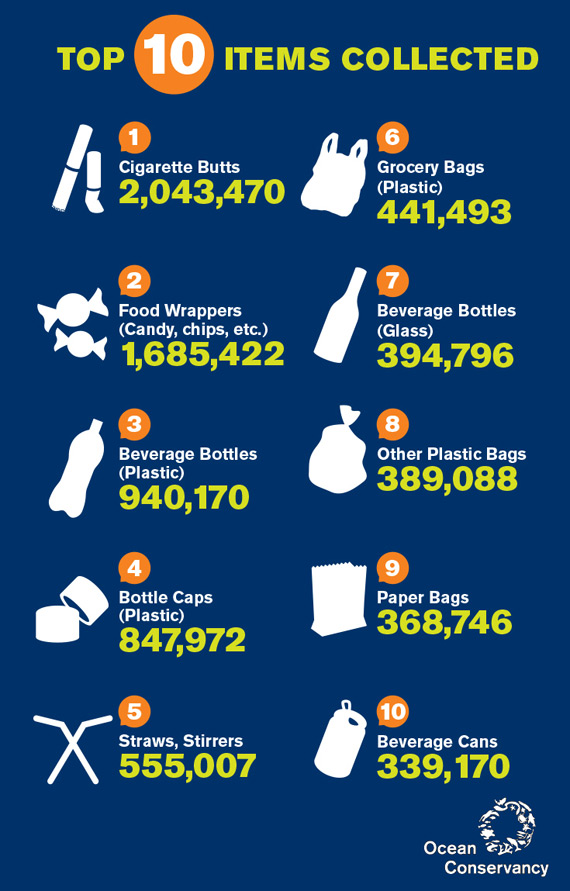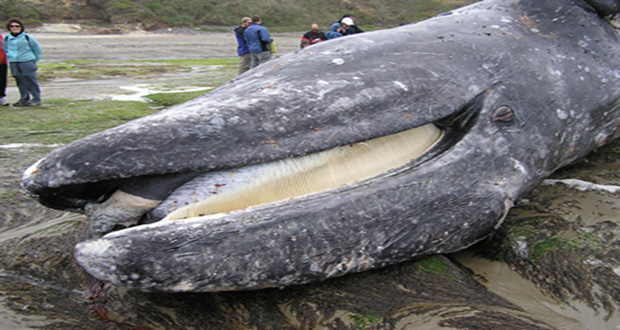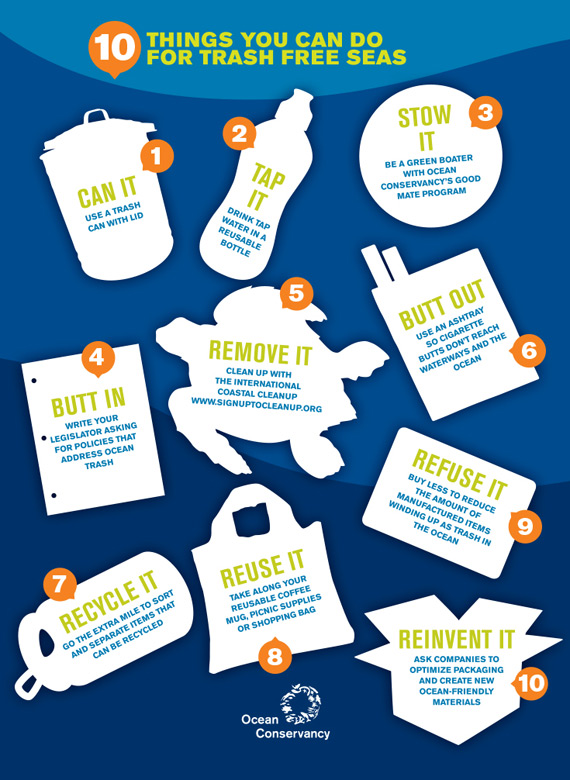Our oceans are littered with plastic debris. I wrote about some ideas to address it yesterday, but just how bad is the problem?
Far from ‘out of sight, out of mind’ – our waste is ending up in our food. Here’s how.
- There is around 140 million tonnes (315 billion pounds) of plastic in the ocean, according to this conservative calculation.
- 80% of ocean plastic originally came from land – blown off landfills, or from litter washing into drains and rivers to the sea.
- Up to 10,000 containers a year are washed off container ships in storms, spilling their contents into the ocean. In 1992, 28,800 plastic ducks, turtles, birds and beavers were released from a container washed overboard in the North Pacific. Oceanographers tracking their dispersal on oceanic currents report that the ducks and their friends are well on the way to circumnavigating the globe, and even traversed the North Pole trapped in sea ice!
- Although plastic degrades over time, it just breaks into smaller and smaller pieces. This means plastic lasts for centuries – perhaps for ever.
- The most numerous littered item worldwide, and top waste item collected in beach clean-ups, is cigarette butts: so please, use an ashtray, and don’t drop your butt-ends in the street, folks!

- Ocean plastic has been found in 267 marine species. It kills hundreds of thousands of marine mammals, and turtles, and millions of fish and birds every year!
- Plastic balls resemble fish eggs (nutritious food for many fish). Polystyrene packing balls do too, so can we all please use paper cups instead, when using disposable cups is really unavoidable?
- Plastic fragments are eaten by oceanic fish (like lampfish) which make up a large part of the diet of predators such as tuna and swordfish. What they eat, we eat.
- Plastic is treated with toxic chemicals that can disrupt immune systems, hormone production, and reduce fertility. As it breaks up into smaller and smaller fragments, plastic particles act like toxic sponges, absorbing oily pollutants, pesticides like DDT and heavy metals – becoming more and more dangerous as time goes on and the toxins enter the marine food web – and our own diets.
So let’s all do something about it, folks. Use less. Recycle more. Clean up the mess around us.


